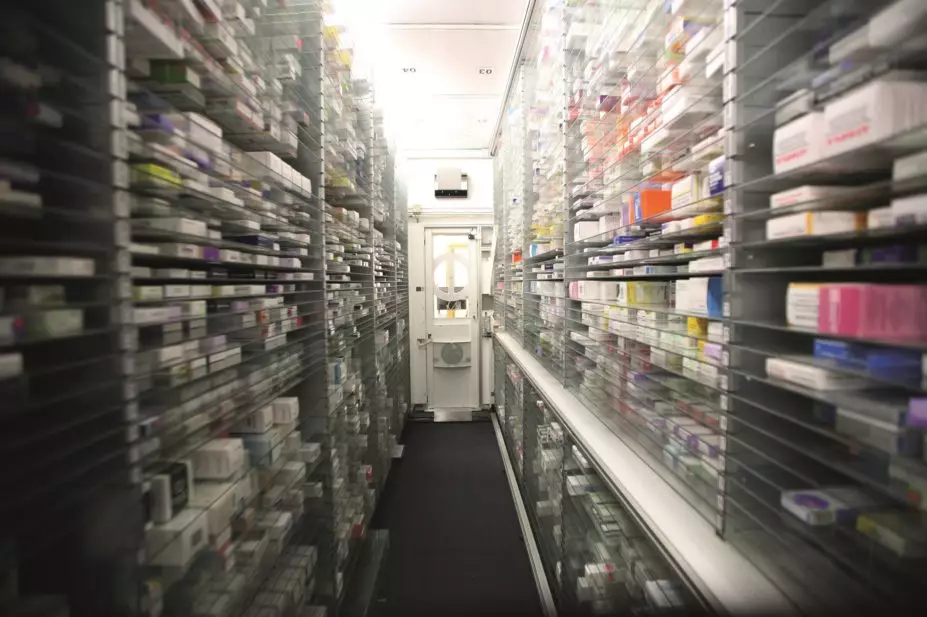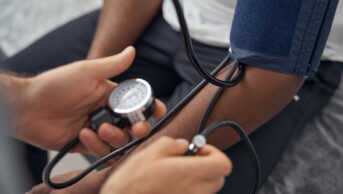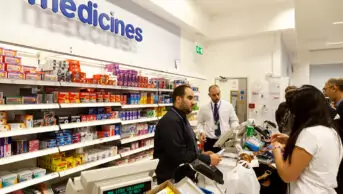
matty / Alamy Stock Photo
The costs of NHS medicines prescribed in hospital and in the community in England rose by 7.8% between 2013–2014 and 2014–2015, according to figures released by the Health and Social Care Information Centre (HSCIC) on 12 November 2015.
The biggest rise occurred in hospitals where the net ingredient cost of medicines went up 15.4%. The figure means that the sector’s medicines’ bill has risen by 59.8% over the past four years.
Overall the NHS in England spent £15.5bn on medicines in 2014–2015 — a rise of 19.4% since 2010–2011, the figures reveal.
Primary care accounted for 56.1% of the total medicines prescribed in 2014–2015 with hospitals responsible for 42.9%; another 1% was attributed to drugs prescribed in hospital but dispensed in the community.
The report also considered the prescribing of medicines approved by the National Institute for Health and Care Excellence (NICE) and the impact it had on the drugs bill in 2014–2015.
It revealed that insulin glargine — which is prescribed for the treatment of type 1 and type 2 diabetes — had the greatest costs in primary care compared with other NICE-approved drugs in the sector. A total of £80.8m was spent on the drug between 2014–2015.
But the drug that had the greatest overall cost in both hospital and primary care during the same year was adalimumab, which is prescribed for the treatment of psoriatic arthritis. The drug accounted for £371.2m, of which £348.2m occurred in hospitals.
“The number of items prescribed and dispensed in primary care has risen each year, including in 2014–2015, but costs fell slightly in 2012–2013 due to expiry of patents and reductions in the cost of some medicines or formulations,” the report says.
“The greater rate of expenditure growth in medicines used in hospital is likely to be related to the introduction of new and innovative medicines and increased use of specialist medicines, many of which are relatively high cost.”
The Association of the British Pharmaceutical Industry (ABPI), which represents drug manufacturers, says the statistics need to be read with caution.
David Watson, director of pricing and reimbursement at the ABPI, says the statistics in the report are based on IMS Health data, which reflects the drugs’ list price and not the NHS price negotiated under the Pharmaceutical Price Regulation Scheme (PPRS).
“The PPRS cost is almost always lower than the list price and in some cases significantly lower,” he says. “Under the PPRS scheme which accounts for 90% of branded medicines — the figures we have so far this year show that the growth in costs has been about 2.4%.”
Watson acknowledges that drugs approved by NICE have an impact on the overall bill but says most of the drugs are being brought into the NHS through discounted patient access schemes.
You may also be interested in

Tackling the NHS drug budget: why we set up a regional collaboration for medicines value

Lack of joined-up working between pharmacy and general practice is ‘nonsensical’, says former BMA chair
